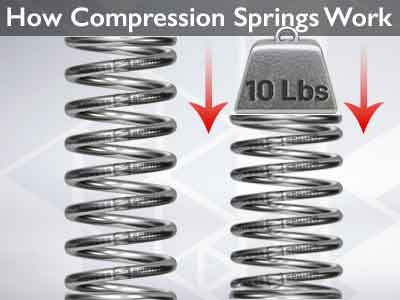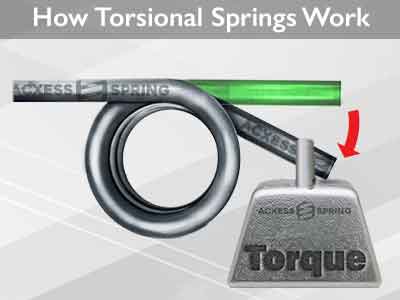Every time I tell my friends and relatives where I work, the question always pops up.
“WHAT IS A SPRING?”
It’s funny really. All of them know what a spring is but I suppose they can’t imagine what I would do working at a spring company. They ask, “springs for what?” (Either that or they think I’m talking about screws and bolts).
So I tell them: “For EVERYTHING!”.
Yes, springs are everywhere. You can find them in home appliances, medical applications, in your car, the trampoline in your backyard, doors, and the list goes on and on. They are a huge part of our lives and assist in the automation of everyday devices. Springs even allow us to beat gravity!

That’s right! Usually when you push down on something or pull down on it, that object will remain right where you left it, thanks to gravity it doesn’t "float up". You can defy this with springs. If you push on a spring-triggered button, the spring will push that button back out. This is how springs allow things to become automated, by helping them spring back “on their own”.
What happens is that the wire which the springs are made of has certain elasticity. When it is coiled up to form a spring, the wire remains flexible, thus allowing your spring’s coils to have memory. This memory is what extends your compression springs back to their free length, compresses your extension springs, and torques back your torsional springs.



If you want to learn more about springs and how the work, check out our technical articles. You will find more in depth information on this and other coil spring topics. The articles in our spring calculator are also very useful when calculating a spring design. Check them out at the links below!




 Español
Español